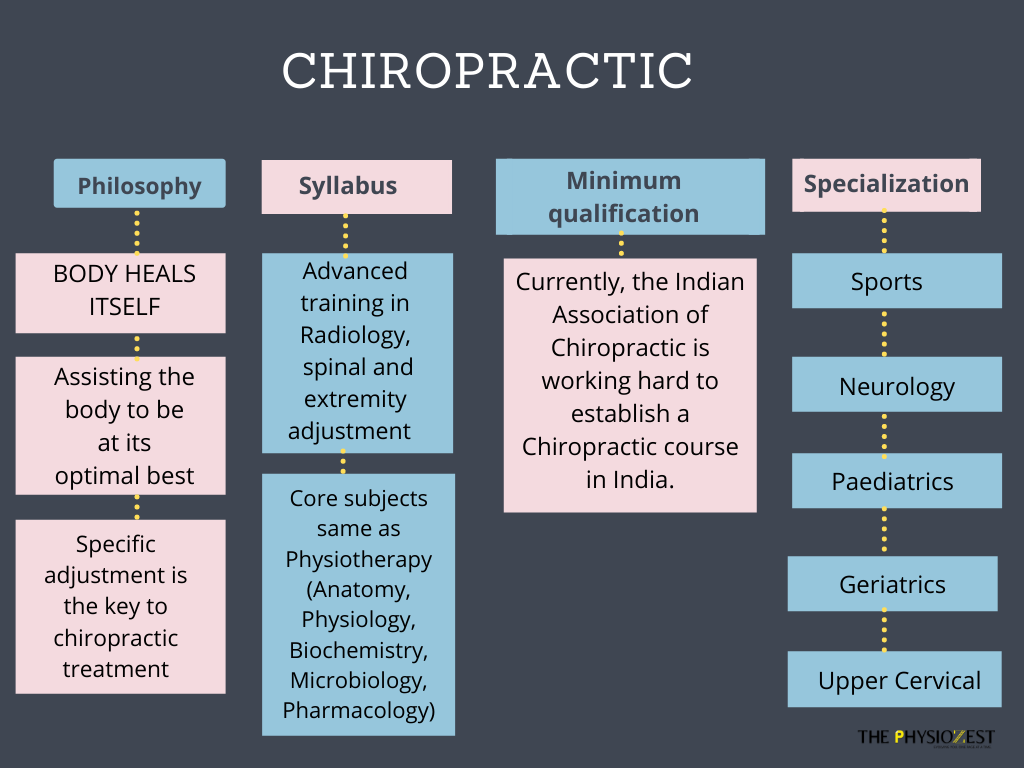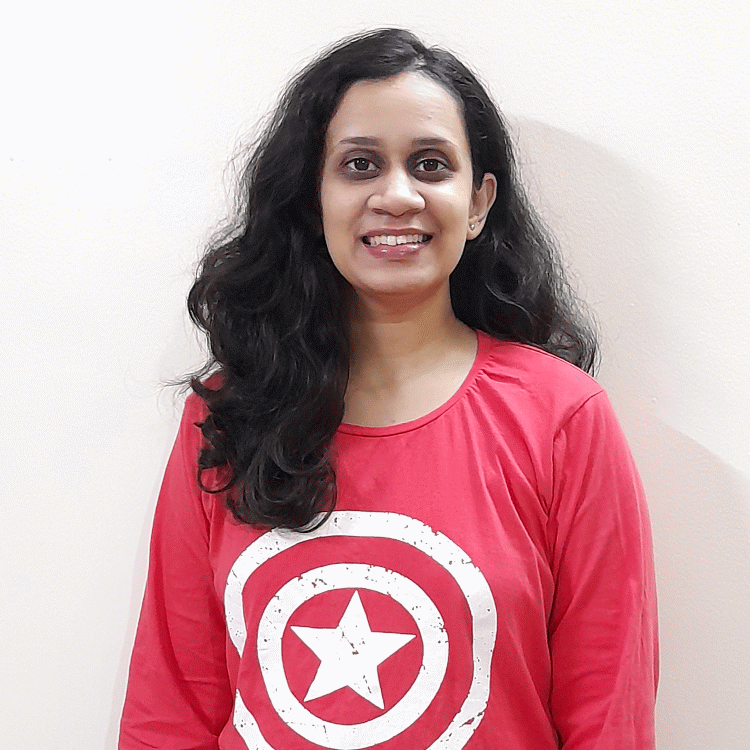Know your Peers – CHIROPRACTOR
Interviewed and written by Akansha Wankhede & Janhavi Atre
Visual media by Navnit Ade
Graphics by Divya Sharma
Share this article
As a healthcare professional, growth can be taped on only if you are willing to understand which domains directly impact the patient. Which facets can be worked on by other professionals and how they play an equally crucial role in the patient’s arena. This space is for understanding, sensitizing, and collaborating with other healthcare professionals and creating a space for physical therapists who are futuristic individuals understanding the strong impact their neighboring healthcare peers make!
Who is a Chiropractor?
A chiropractor is a healthcare professional focused on diagnosing and treating neuromuscular disorders, emphasizing treatment through manual adjustments and or/ manipulation of the spine.
How to become a Chiropractor in India?
Bachelor of chiropractor is a three to four years course. The integrated program is a five years course that includes graduation and post-graduation.
Which subjects are included in the syllabus?
Syllabus covers:- Anatomy, Physiology, Biochemistry, Pathology, Public health, clinical knowledge, including orthopedic, neurology, geriatric, pediatrics, and imaging studies.
What’s the Theory and Science behind Chiropractic?
Structural mal-alignment leads to pain and symptoms by stressing out soft tissues. Manipulation and Adjustment of the structural malalignment reduce pain.

Let’s get to know more about the science behind chiropractic treatment goals, management, what makes it unique from our expertise, and how it can help our patients’ outcomes. We interviewed Dr. Jimmy Nanda, a Regional Director of the International Chiropractors Association and Founder of the Indian Association and Chiropractic Doctors. Dr. Nanda believes in building bridges between the health care community in India.
Here are the exclusive content-rich snippets from the interview.
8:25 – 9:02 – Purpose of starting Indian Association of Chiropractic
10:10 -12:55 , 17:32 – 20:50 – Science behind Chiropractic + opioid crisis
24:00 – 25:46 – Difference Between Physical Therapy and Chiropractic
25:50 -27:05 – Specific Movement analysis by Chiropractors
28:20 – 29:40 – Pain relief approach followed by Chiropractors
30:29-32:27 – GOAL SETTING in CHIROPRACTIC
32:1- 32:34– Patient outcome and treatment plan
32:38- 34:24– Brain body connection in Neurological patient
34:26-35:52 Specific to the neurological condition- Post-stroke. Not important.
36:04- 38:59– IMPORTANT- How to deal with conflicts among health care professionals?
39:35-40:36– Encouragement – Also magazine compliment
40:51– How to create bridges between professions?
40:10-40:56 Scope of practice point- IMPORTANT
49:38- 53:50 Can we do chiropractic certification courses? IMP
53:51-55:20– How to refer patients to a chiropractor?I still didn’t get information about this. How to refer patients to a chiropractor?
56:44-59:34 Is the chiropractor alignment a faster way or long-lasting?
1:04-1:44– IMP- Message to narrow minded people
Healthcare professionals are in a constant professional battle, proving one profession is superior to another. Our healthcare community is conditioned with the hierarchy of superiority to inferiority. We have always been told one health care professional plays an important role than others, but is this true?
When will we be intellectual in our professional society?
“Kindness is a movement which we need to adapt and resolve our professional conflicts.”
Our goal and priority are the same- To heal the patient.
Diversity is not about how we differ.
Diversity is about embracing one another’s uniqueness.
Contributors

AKANSHA WANKHEDE
Research & Content Writing Team

JANHAVI ATRE
Research & Content Writing Team

NAVNIT ADE
Multimedia Team

DIVYA SHARMA
Multimedia Team
